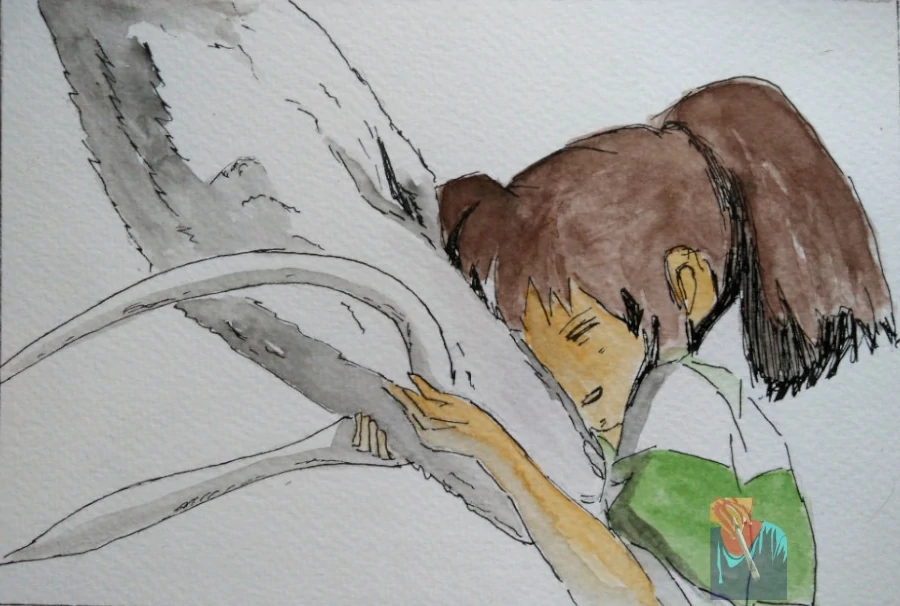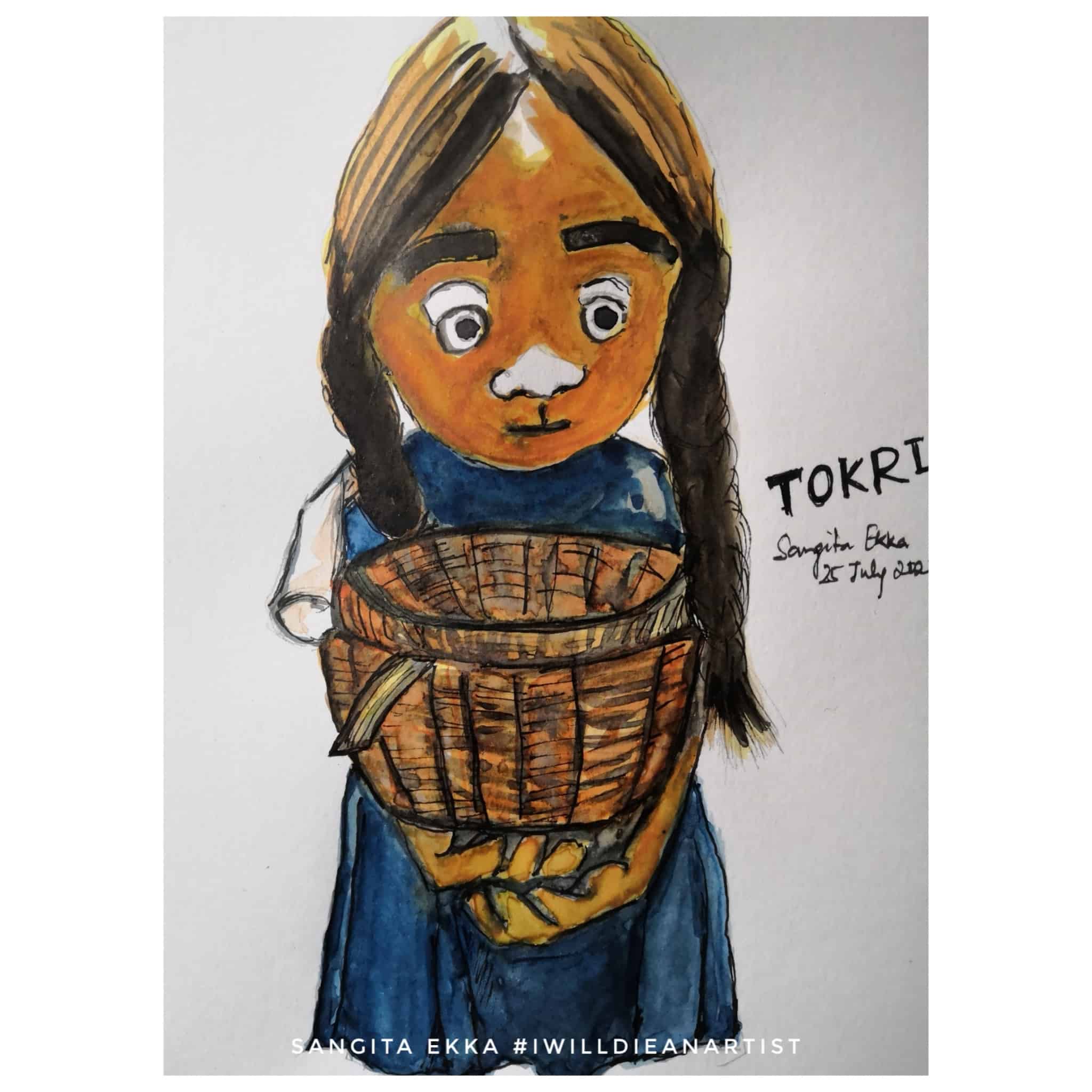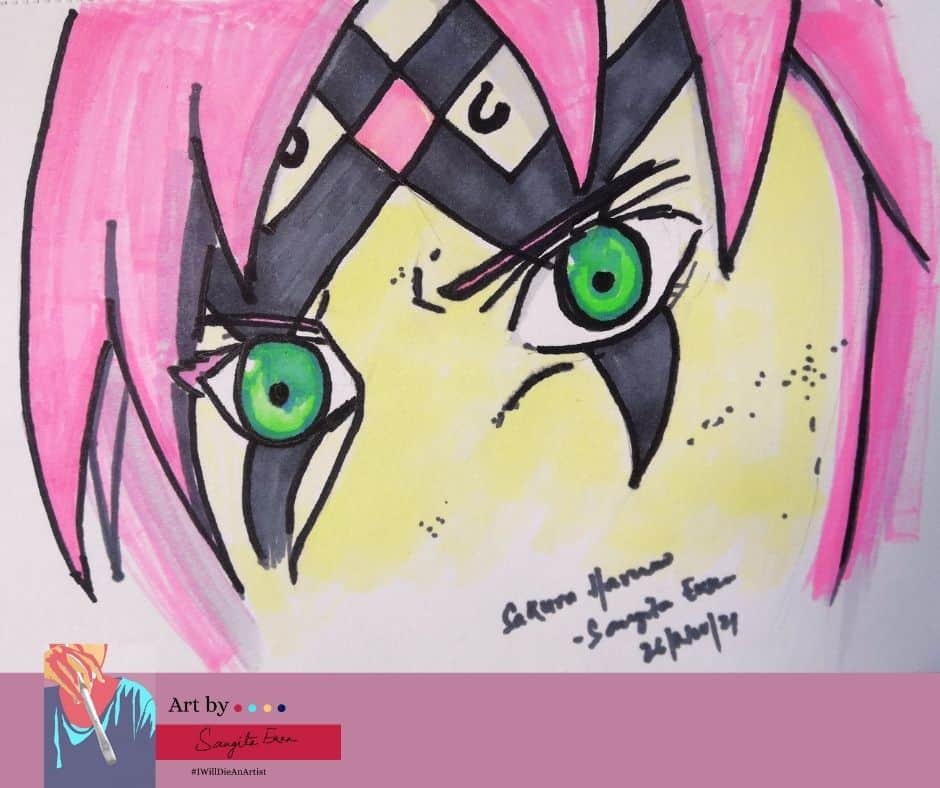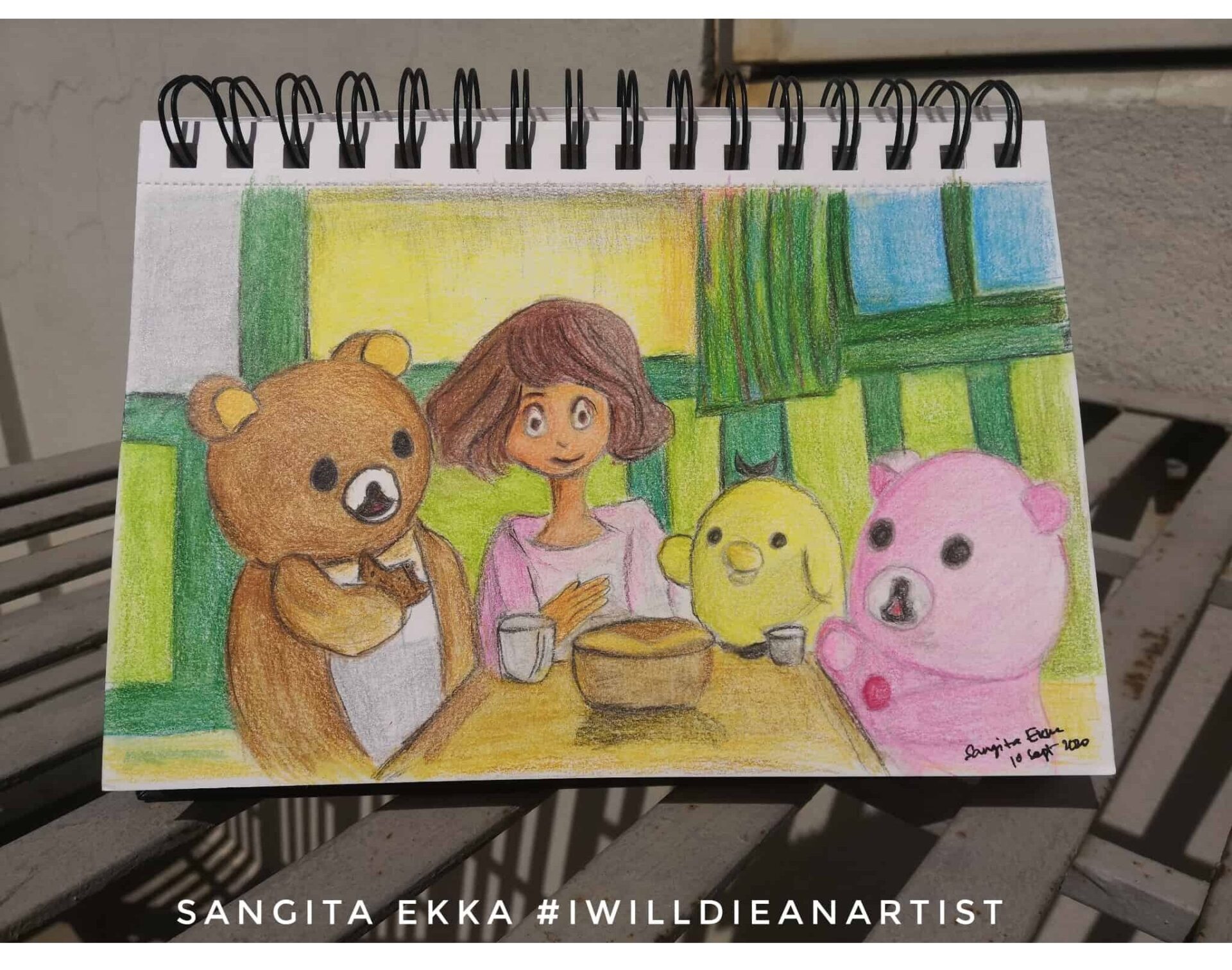In 1932, Silly Symphony by Walt Disney produced a short – Flowers and Trees animation which bagged them an Academy Award. Trees, shrubs, and flowers were seen dancing, incorporating the damsel in distress theme, which has endured the test of time for portraying romance in movies of different lengths.
AD
Since then, Walt Disney Animation Studios has created a range of characters and made them human-like. This is the core of anthropomorphism – a practice in which inanimate objects are morphed and made to behave like humans. Disney Studios gave the world Mickey Mouse and various other characters that ran separate series.
Duck Tales, Talespin, and Chip ‘n Dale are some of the famous examples. With its hugely popular show – Tom and Jerry, MGM studio also exhibited entertainment via anthropomorphism. Western animation studios have constantly relied on this theme and continue to produce movies with fighting pandas, lost fishes, cooking rats, and more.
European studios joined the bandwagon a little late; however, series like Pingu, Thomas & Friends, and Shaun the Sheep (which also exhibit anthropomorphism) remain likable to date. In a way, these studios shaped how the world viewed cartoon animation and who could be the right audience.
Anime and Manga continue to draw a line between animal behavior and human behavior. Pokémons do not start talking once they evolve. Popular anime like Naruto (and Shippuden) showcase talking animals and their co-existence in the same body, but both entities stay true to their nature. This does not hint that anthropomorphism doesn’t exist in the Anime world, but the volume of such content remains comparatively low.
Hayao Miyazaki’s movies follow the Anime style and often take the exact opposite route of anthropomorphism. Miyazaki doesn’t blur the natural differences between humans and animals. Totoro stays Totoro, and his tiny friends remain the way they were created. When Mei and Satsuki befriend him, he doesn’t eventually show up in clothes and starts talking in human language. But he still communicates with the kids how humans communicate with animals; they understand each other.
In Spirited Away, Chihiro’s parents turn into pigs. Haku transforms into a dragon, and Yubaba’s baby becomes a mouse. Howl’s Moving Castle makes an entire castle move on the foothills. The wizard – Howl could transform himself into a huge black feathered bird, similar to sorceress Yubaba, who could also transition and fly. Kiki’s cat could talk, and Ponyo had a human baby’s face.
Ponyo makes a curious case as the only human-like attribute is her face, and she evolves in the movie to grow other human-like traits to look like a girl child.
AD
Miyazaki maintains the traditional harmony of nature in the various life forms they manifest. Humans and animals co-exist, and their personalities and character designs are carefully crafted to not deviate from their true hearts. Humans do not become animals. Neither animals nor inanimate objects become humans.
The anti-anthropomorphic approach is curious to see how it manifests in female characters’ character design and development.
Female characters in Hayao Miyazaki movies, particularly young girls, are always depicted to grow into strong roles. They become intelligent, independent, and themselves. In the book – The Art of Miyazaki’s Spirited Away, Miyazaki mentions, “Children can only enlarge their fragile egos.” This reflects in Chihiro’s character design with a large head and skinny legs. However, artists, all-male in this case, struggle to portray mature female characters.
Chihiro’s mother – Yuko Ogino is depicted to be the opposite of nurturing and kind. Quoting Mashahi Ando, the supervising animator for Spirited Away – “The mother is too unprecedented in Mr. Miyazaki’s films. She is a no-nonsense contemporary woman. Mother characters depicted in Mr. Miyazaki’s films tend to be nurturing and kind, but Yuko is the opposite type. She wears earrings and lipstick.”
This struck me like nothing else. Women, who wear makeup and earrings, can’t they be kind and nurturing? And by what standards are these elements brought into character design in the first place? Why aren’t such visual and caring standards set for male characters? Akio Ogino is Chihiro’s father, and he is described as “audacious as well as irresponsible” and drawn as a jock opposite to how most male characters are portrayed – “more brainy.”
Chihiro’s parents appear in the movie for a minimal time, and their character portrayals aren’t that obvious. On the other hand, Yubaba is a prominent and mature female character in the film, designed to be (quoting) “sharp-tongued and greedy,” Her character portrayal (quoting) “started out being large with heavy makeup.” For portraying mature female characters, art directors have often revolved their thoughts on how much makeup a female character should or shouldn’t have.
Usually, those with makeup tend to play a bit of a negative character. Witch of the Waste from Howl’s Moving Castle is a good example. So far, the only mature female character who doesn’t fit into the defined gender norms is Dola from Castle in the Sky.
This brings us to other female characters and the roles they played. The bathhouse in Spirited Away is run by Yubaba, who has employed Frog Men, some women, and Lin is one of them. Frog Men are anthropomorphized; however, the character design of the bathhouse’s women is close to regular women. Lin’s character was supposed to be a transformed weasel, and so the initial sketches made her eyes and mouth wide. Later Mashahi Ando gave her the look of an ordinary woman, while Miyazaki elongated her face.
Anthropomorphism in Hayao Miyazaki’s movies, though minimal, has primarily been attributed to male characters or through masculine traits. The roles performed by the masculine or feminine characters do not deviate from the established gender roles either. It’s only via character portrayals of young girls that some of these norms are challenged.
Spirited Away is tiered, and there are many takeaways and meanings fused into one cohesive story. Yet, Chihiro’s adventure stands out, how she is swept into a completely unfamiliar world without any support from her parents, and she goes on to find her own strength and independence.
The book – The Art of Miyazaki’s Spirited Away begins with a note, and I quote – “Chihiro being strong enough not to be eaten up is just what makes her a heroine. She is a heroine not because she is beautiful or because she possesses a unique mind. This is the key characteristic of the work, and therefore it is a good story for ten-year-old girls.”
I believe many older women find strengths in the character sketches of younger girls in Miyazaki’s movies. Be it Kiki setting herself in a new town or Sophie Hatter finding her cheerful heart again, there is always an element to relate to or be inspired.
However, this also creates room for a mature female audience to find a relatability, and I believe movies like Gitanjali Rao’s – Bombay Rose could fill that gap.
I want to cover more about Hayao Miyazaki’s movies, particularly Spirited Away, which I believe is partly a tribute to Hakujaden. More on it later.





Comment